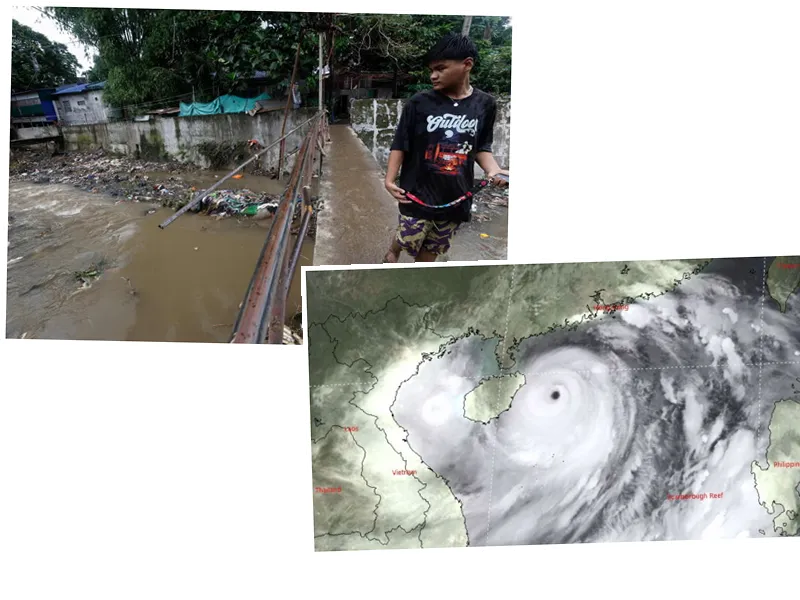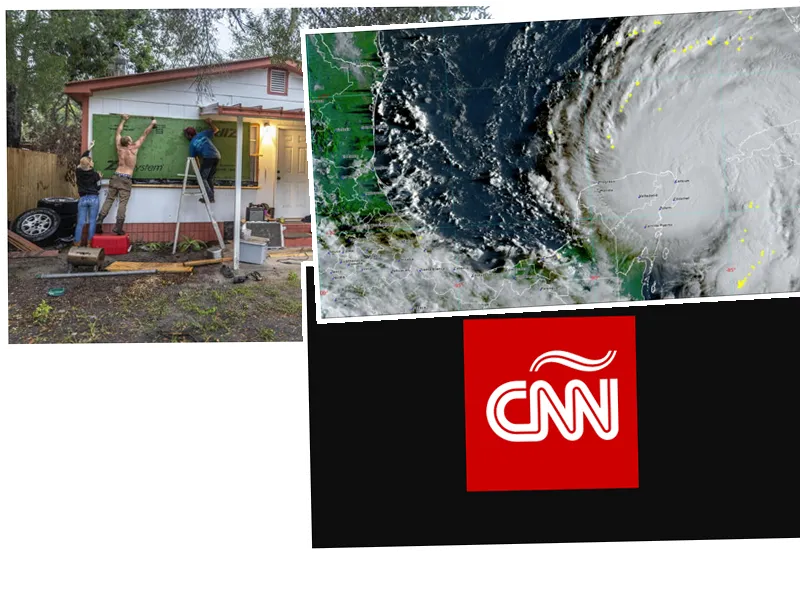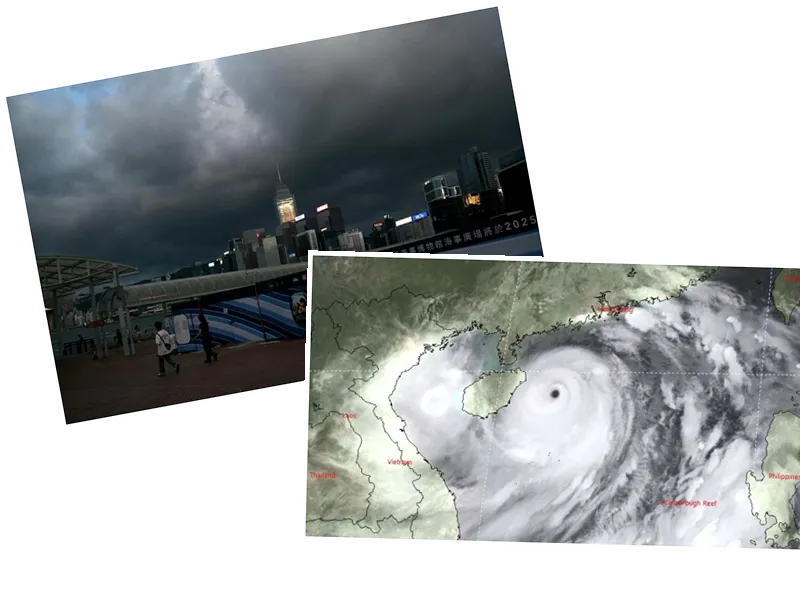Typhoon Sansan Approaches Southern Japan
As Japan braces for the impact of Typhoon No. 10, 'Sansan', the Japan Meteorological Agency has issued warnings for southern Kyushu, where the storm is expected to make landfall. With a central pressure of 935 hPa and maximum wind speeds reaching 50 m/s, the typhoon poses a significant threat to life and property. Local reports indicate that gusts could reach up to 70 m/s, raising concerns about structural damage in Kagoshima Prefecture and surrounding areas.
Heavy Rain and Disruptions in Transportation
The impending arrival of Typhoon Sansan has already led to widespread disruptions in transportation. The Kyushu Shinkansen has announced the suspension of services between Kumamoto and Kagoshima, while Japan Airlines and All Nippon Airways have canceled numerous domestic and international flights. Authorities are urging residents to evacuate from high-risk areas due to the potential for heavy rainfall, landslides, and flooding. The expected rainfall could reach 500 mm in southern Kyushu over a 24-hour period, raising alarms for emergency services.
Climate Change and Increasing Typhoon Intensity
Experts attribute the increasing intensity and frequency of typhoons in Japan to climate change, noting that storms are forming closer to shore and intensifying more rapidly. This trend raises concerns for the future as the country prepares for more severe weather events. The Japan Meteorological Agency has urged residents to remain vigilant and prepared for potential evacuations as the storm system moves northward, impacting not only Kyushu but also the main island of Honshu by the weekend.
- The local authorities have been proactive in their response to the impending storm. Special storm warnings and heavy rain alerts have been issued, and emergency services are on high alert. The potential for landslides has already been highlighted by a recent incident in Aichi Prefecture, where heavy rainfall resulted in a landslide that buried a family of five. Rescue efforts are ongoing, and the situation underscores the dangers posed by extreme weather conditions. Additionally, the Japan Meteorological Agency's predictions suggest that the typhoon will not only affect southern Japan but could also lead to significant weather changes across the entire archipelago as it progresses northward. Residents in affected areas are advised to stock up on essentials and prepare for possible power outages and disruptions in communication.






